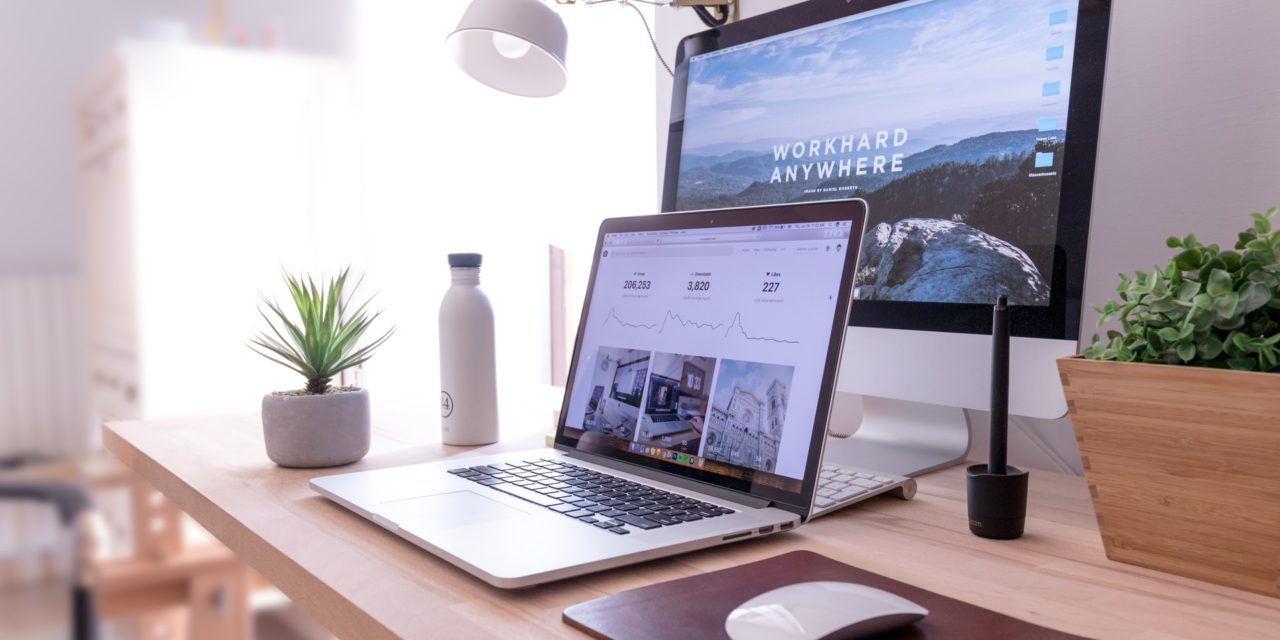[ad_1]
From WordPress core, theme and plugin safety, to user name and password best practices and database backups.
Other topics to consider include:
- layered security measures like using the .htaccess file to enable or disable features
- limiting file permissions
- black listing and white listing IPs
- disable file editing
- using HTTPS
WordPress Security
If you run a large commerce site and it gets hacked, you can lose valuable customers and of course, money. Web hosts are likely to suspend accounts that are hacked taking your site offline. You don't want to waste your time patching up a site after hacks or paying hosting when your site is down.
Why is WordPress so successful?
WordPress is the world's most popular content management system now powering 20% of all websites. It's success is due to its intuitive interface and the fact that its free and open source. Its features provide endless options for extending functionality through the addition of plugins and the ability to customize your site with themes and widgets. With thousands of paid and free themes and plugins available on the web, the option to create a site that is both functional and uniquely yours is virtually limitless.
Why is WordPress exposed to attack?
These same features are the most common ways that we expose our sites to attack. Because WordPress is open source, anyone can easily explore the core code or search through any of the most popular themes and plugins for hacks. These are items of WordPress that are out of your control.
Your host and WordPress hacks
Unless you pay big money to have your own server for web hosting, you also can't control the hosting environment your website is run on.
Brute force attack
A brute force attack is also something that is out of your control. While you can't always stop them, you can put into place measures to limit the damage and make it difficult for someone to successfully hack your site. Even tech giants like Microsoft, Apple and Amazon have had their security breached. No site, WordPress or otherwise, is completely secure. What you must do is recognize where weakness exist and create extra layers of defense to protect your content in the event your site is hacked. Use as many common solutions as possible to help manage the weakening of your site through human error.
A brute force attack can last months and involve thousands of servers world-wide. All hosting providers who offer WordPress are potential targets Hackers use compromised servers and PCs to hack websites' administrator panels by exploiting hosts with “admin” as account name, and weak passwords which are being resolved through brute force attack methods.
4 Points of Vulnerability
1. host security breaches
2. out of data WordPress core
3. unsafe plugins and themes
4. brute force attacks
Managing your WordPress powered site well is the most valuable security tool available to you.
- speed
- options
- services
- security
- backup solutions
- control
- server type
- price point
Choosing WordPress to power your site means WordPress is the foundation of everything on your site. The fact that it is free and open source carries many benefits. But with each update, the exploits of the previous version are made available to the public making previous versions more susceptible to being hacked. Employing backs security through obscurity tactics, you can remove or hide the version number of your WordPress installation from displaying. You can even choose a more simple solution with plugins to hide the version number. This may deter a bot from attaching to your site, but this does not patch holes in older versions of WordPress. Only updating your WordPress installation as newer versions are made available will remove the published exploits.
Updating WordPress is simple (since version 3.7 was released with automatic updates)
In previous versions of WordPress a new version banner would display in your dashboard whenever there is an update available. Now WordPress installs will automatically update to new minor versions without you having to lift a finger. Minor versions are usually for security updates. You will, however, still need to update for to new major versions.
To update WordPress
- First things first! Backup your WordPress.
- Dashboard
- Updates
The biggest threat to your site
The quickest way to compromise your site includes adding poorly, maliciously coded or out of date themes or plugins from untrusted developers or sites. Due to the open source nature of WordPress many themes or plugins are distributed under a GPL or GPN (General Public License) licenses. So its easy for themes and plugins to be forked and redistributed on free WordPress theme and plugin sites with the addition of hidden or malicious code. This code can be as simple as exposing a virus or as serious as exposing your visitors to identity theft.
Before downloading a free theme or plugin:
- Research the author and only download from the authors site or the WordPress depository
- Ask advise at WordPress.org/support
- If you are going to use free trusted plugins or themes, check the version number compatibility listing and verify that the plugin or theme is still being supported and updated. Many themes or plugins are slow to receive updates or are simply abandoned.
- If you don't use it, lose it. If you are not using a theme or plugin, delete it.
- Use paid supported themes and plugins (not free).
Experience shows that nearly all WordPress attacks could be defended against and defended by simply using safe, up to date and trusted plugins and themes.
[ad_2]
Source by Stephanie Rosendahl

